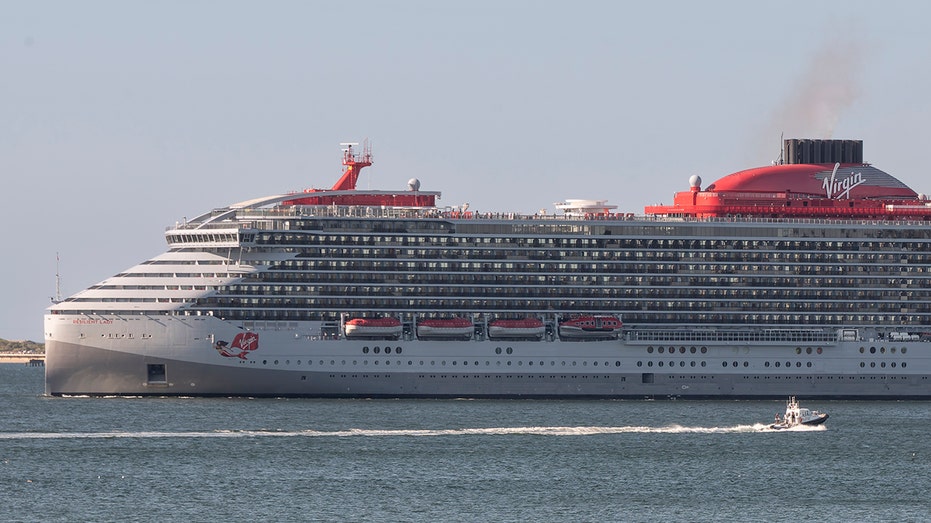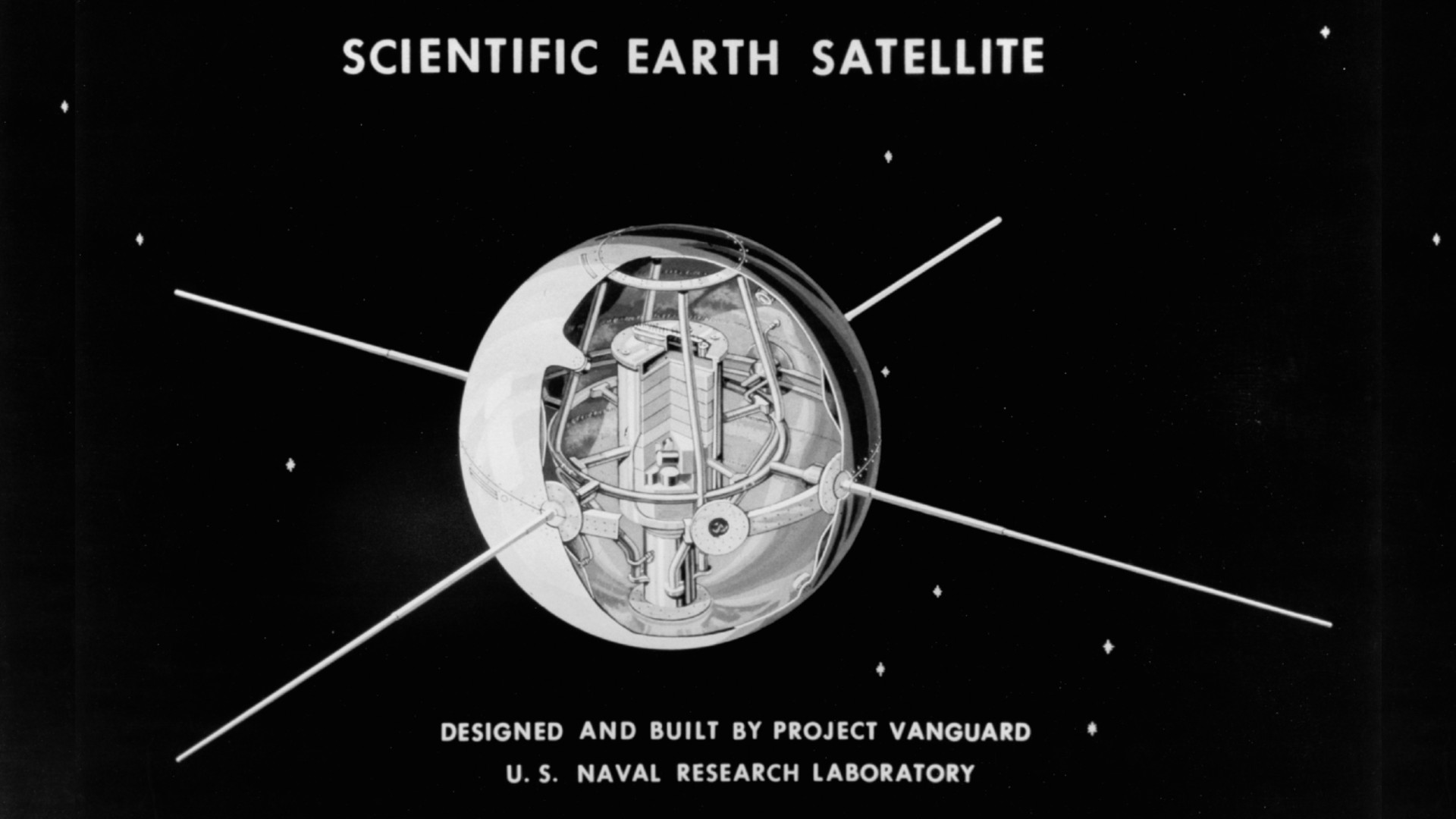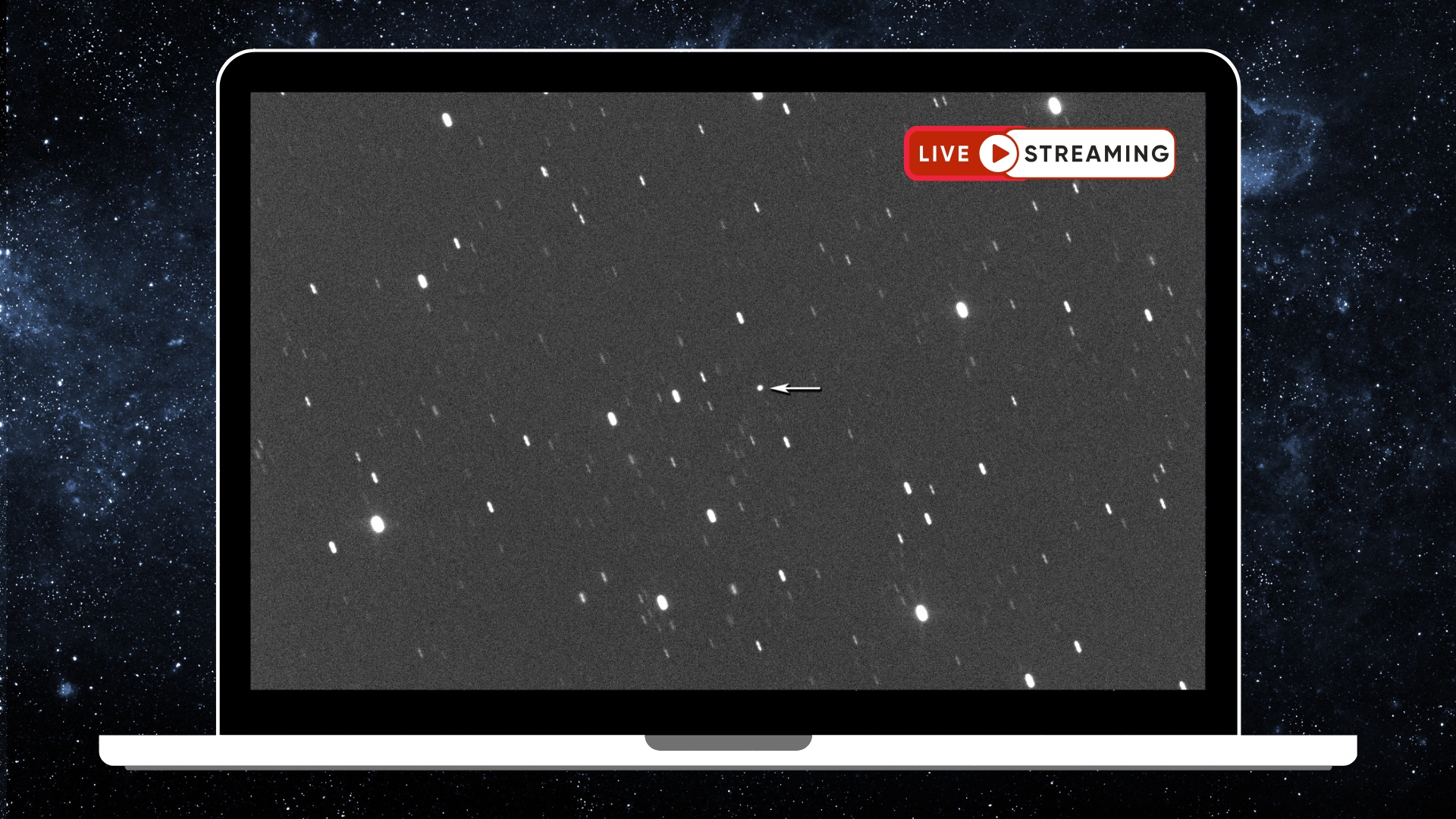The first people to fly in space over the poles got this stunning view
SpaceX has taken four people on the first spaceflight over Earth's North and South Poles on a three- to five-day mission, called Fram2.


When cryptocurrency investor Chun Wang footed the cost of a SpaceX flight over the North and South Poles, he thought he'd be able to see signs of explorers and research activities below.
But from 260 miles above in space, he saw no trace of humanity — just desolation: a seemingly endless view of pure white ice.
Wang and three other crewmates are the first people to fly over Earth's poles in space. With him in a small Dragon capsule are Jannicke Mikkelsen, Rabea Rogge, and Eric Philips. The private mission launched from NASA's Kennedy Space Center in Cape Canaveral, Florida, on a Falcon 9 rocket March 31. It's the same spaceship that took Polaris Dawn, the first mission to achieve a civilian spacewalk, last year.
"I think 60 or 70 percent of the time I randomly look out the window, I see white," Wang said in a video he shared on X, the social platform owned by SpaceX founder Elon Musk.
And that doesn't seem to disappoint the passengers on their automated ride around the planet.
"That's so epic, because it's another kind of desert," said Rogge, "so it just goes on and on and on, all the white. So beautiful."

Despite the lack of buildings and development in their views, indirect human impact can be seen in other ways out their cupola window, such as evidence of climate change on the ice caps. The Fram2 journey, named after a 19th-century ship that took explorers to the polar regions, is expected to last three to five days.
Wang filmed a region of Antarctica he said he had visited on the ground in 2013. The peninsula is full of volcanoes, he said.
At their altitude, Dragon zooms from the North Pole to the South Pole in just over 46 minutes and makes an entire circle in about 1.5 hours. That's 30 times faster than the One More Orbit mission in 2019, according to SpaceX, which set a Guinness World Record when it circumnavigated Earth in a Gulfstream G650ER jet. Mikkelsen, one of the Fram2 crew members, was on that flight.

The International Space Station orbits the planet at about the same altitude, though it travels from west to east. Because of this, the poles are essentially invisible to the astronauts onboard the space lab. Apollo astronauts got a glimpse of them from space, but only from extremely far away. Prior to this private mission, the highest north latitude spaceflight was achieved by the Soviet Vostok 6 mission at 65 degrees.
Though these are the first people to make this journey, low-Earth polar orbits are commonly used for weather-tracking satellites and spying.
This Tweet is currently unavailable. It might be loading or has been removed.
In a mission update, Wang posted on X that the first few hours of weightlessness were uncomfortable, with all of the crew members experiencing nausea from motion sickness.

"Even a small sip of water could upset your stomach and trigger vomiting," he wrote.
By Wednesday morning, those sensations had mostly dissipated, he said.
The Fram2 crew will conduct nearly two dozen experiments during their flight. The four are also expected to observe green and pale purple light emissions similar to auroras.




















_Anna_Berkut_Alamy.jpg?#)

























































